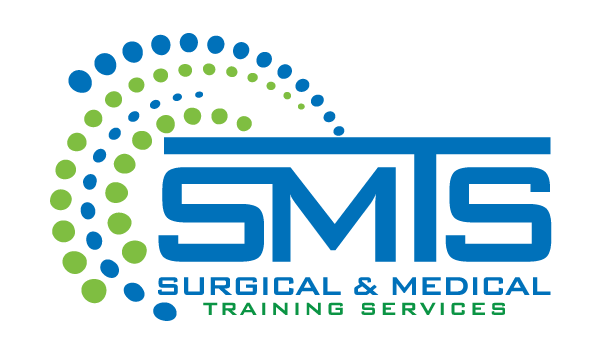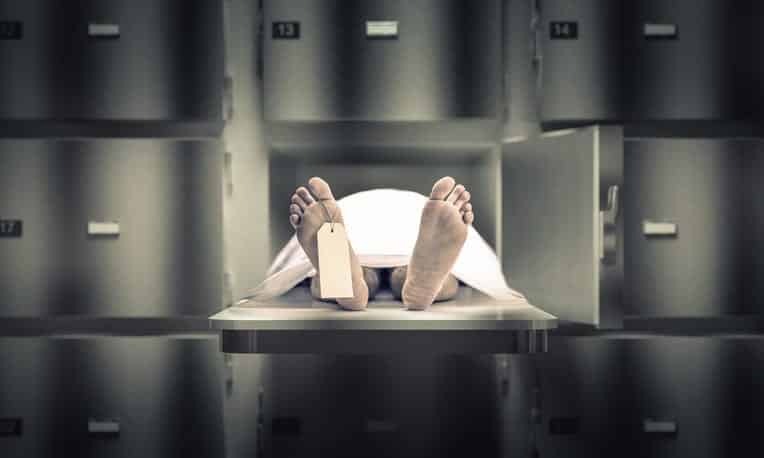The medical and scientific communities have historically relied on human cadavers to enhance their understanding of anatomy. Nearly every medical student visits the cadaver lab at least once. The hands-on experience has been shown, through multiple studies and papers, to expand a student’s clinical knowledge in ways that nothing else can. More recently, especially in light of the COVID-19 pandemic, various educational institutions have leaned more toward the use of virtual anatomy simulations and training than they had in the past. Attempting to replicate a more realistic experience, some teaching institutions have used plastic models. We can see this in its most basic form in paramedic courses. While there is a place for newer technologies in the study of anatomy, physiology, and clinical or surgical techniques, we believe that they are complementary to cadaver training rather than a substitute for that experience. This holds true for first responders and experienced physicians and nurses as much as it does for med students.
What the cadaveric component of learning provides is a visual and tactile experience with real human anatomy. Professionals who participate in cadaver training are also exposed to the inherent variabilities that exist in human morphology. Equally important, cadaver training courses and labs take the conceptual experience of patient care and transform it into real-life, hands-on experience.
DISSECTION SKILLS INVOLVE MORE THAN ANATOMICAL KNOWLEDGE
A strong and often surprising emotional and psychological response is perhaps the most prevalent reaction to cadaver lab training. The emotional, and sometimes physical, response to the exposure to human cadavers is often what a medical student will talk about first or most as they recall their time in the lab. While some of these experiences are reported in a negative light, the outcome of training is largely positive when we view it through a cognitive and educational lens.
We know from cognitive psychology that emotions affect learning. While a response to cadaver training may feel uncomfortable in a negative sense, the overall experience often prompts medical providers to exhibit more empathy for their patients. In this way, cadaver training may be foundational to the provision of high-quality, personalized medical care. In addition to teaching professionals empathy and respect for the human body, cadaver training can also build resilience that enables doctors and other providers to better manage the innate emotional impact that occurs as a result of the patient-doctor connection. Essentially, this looks like having the ability to be emotionally open and empathic toward patients without being significantly affected by the broader scope of diagnoses and treatments.
The medical field is one of face-to-face, heart-to-heart contact, even in these times when telemedicine is so popular. It is with this in mind that we proudly serve our national medical community with in-person and live stream cadaver training capabilities via mobile labs and other technologies. To learn more about our services, contact us at (888) 801-9444.

